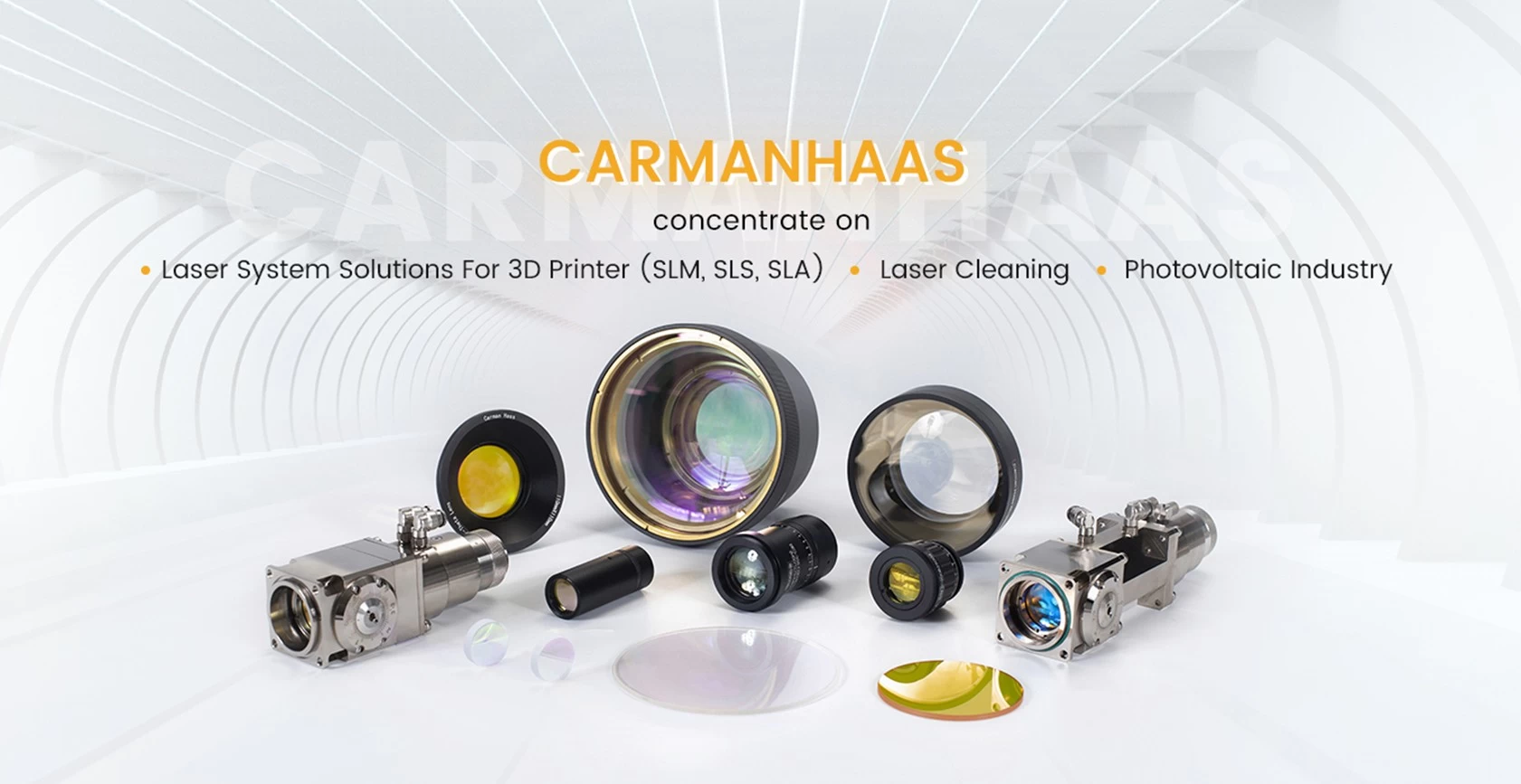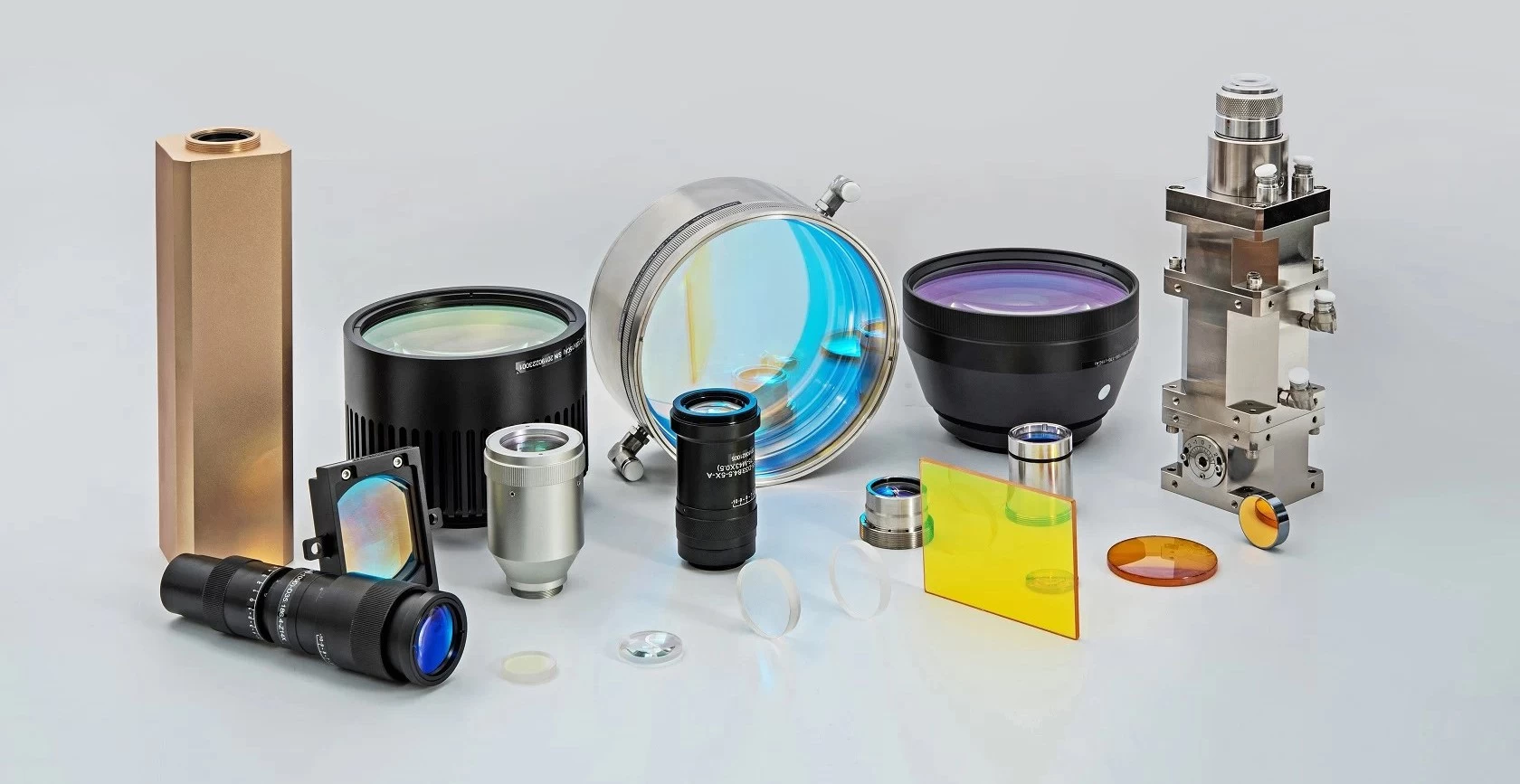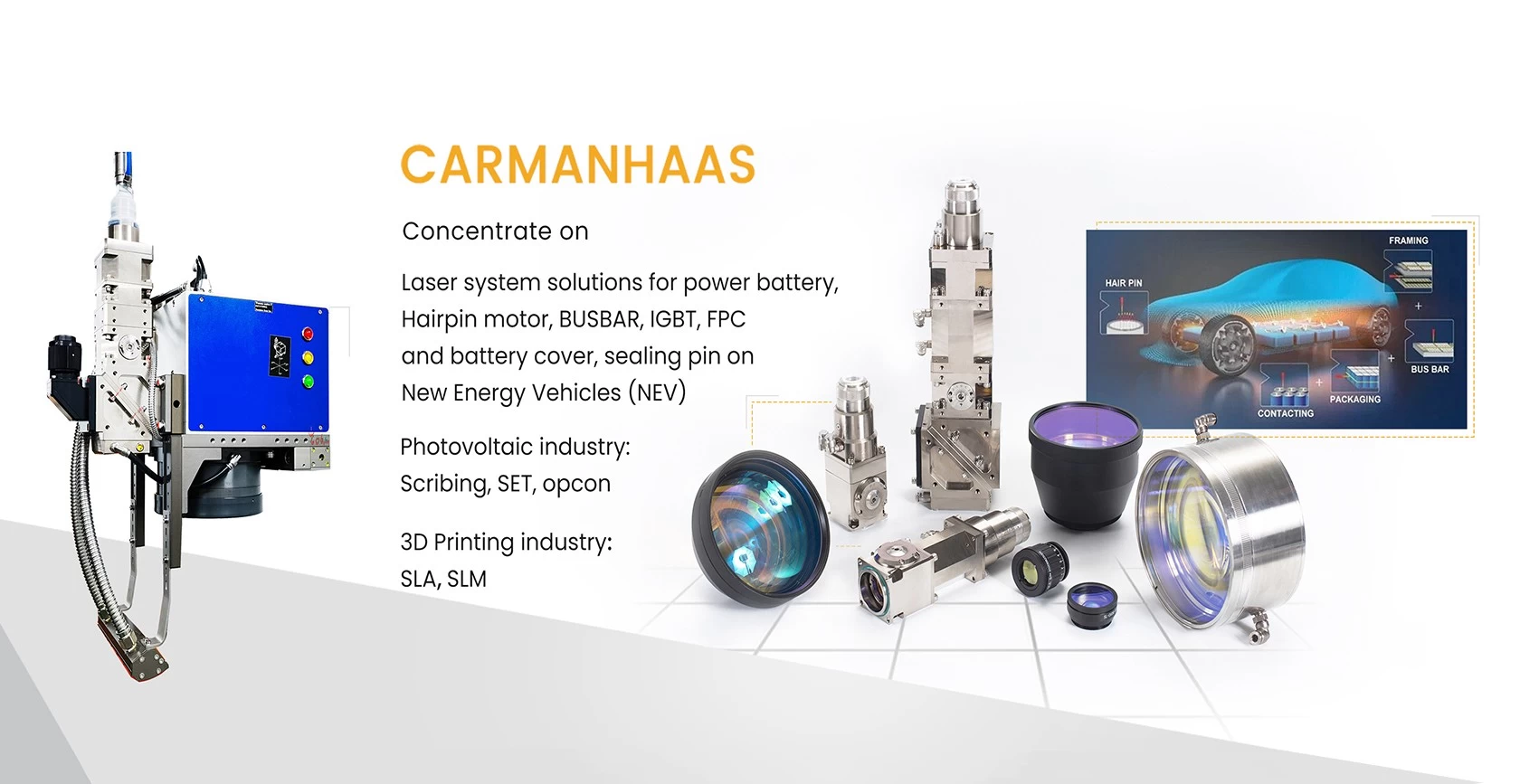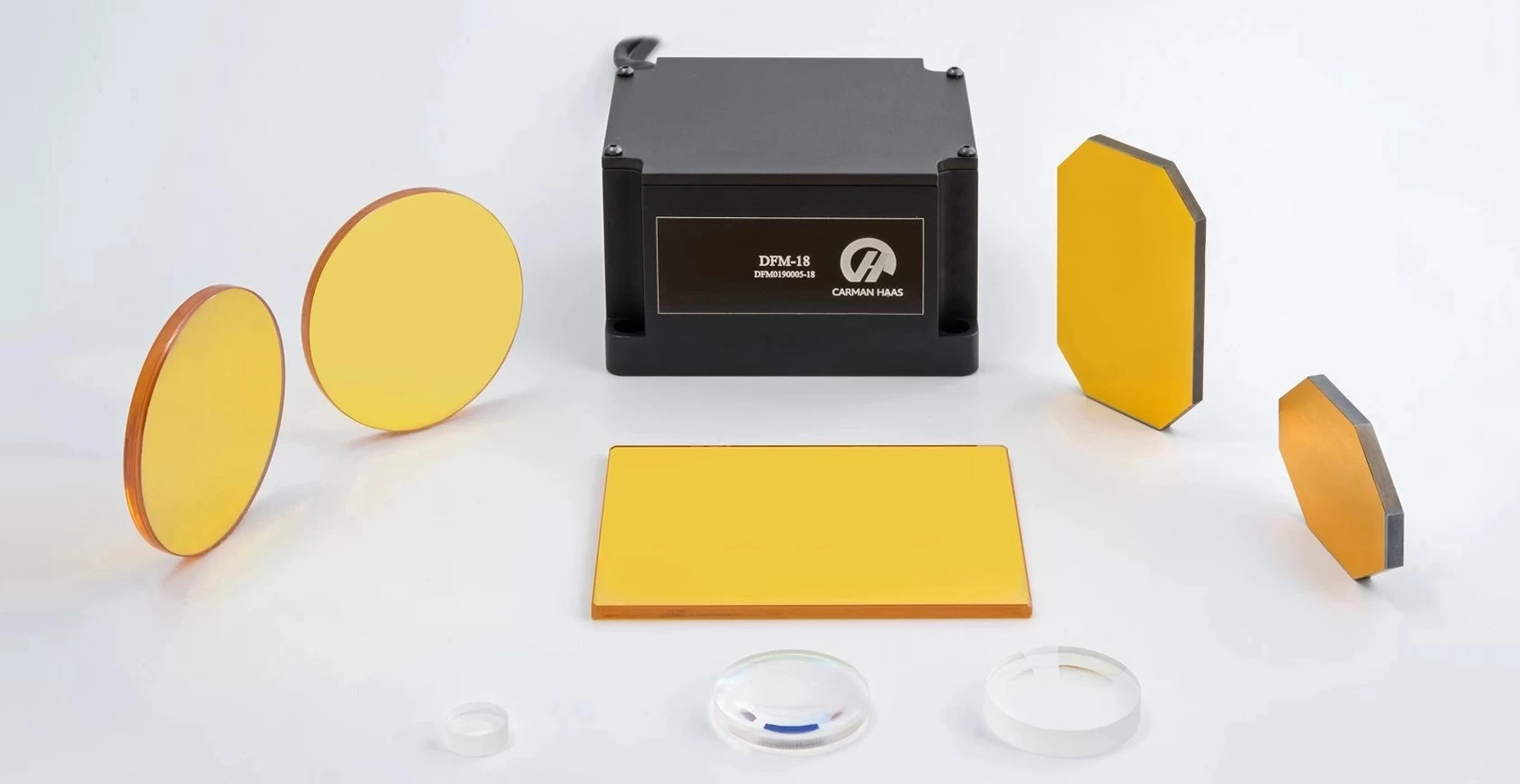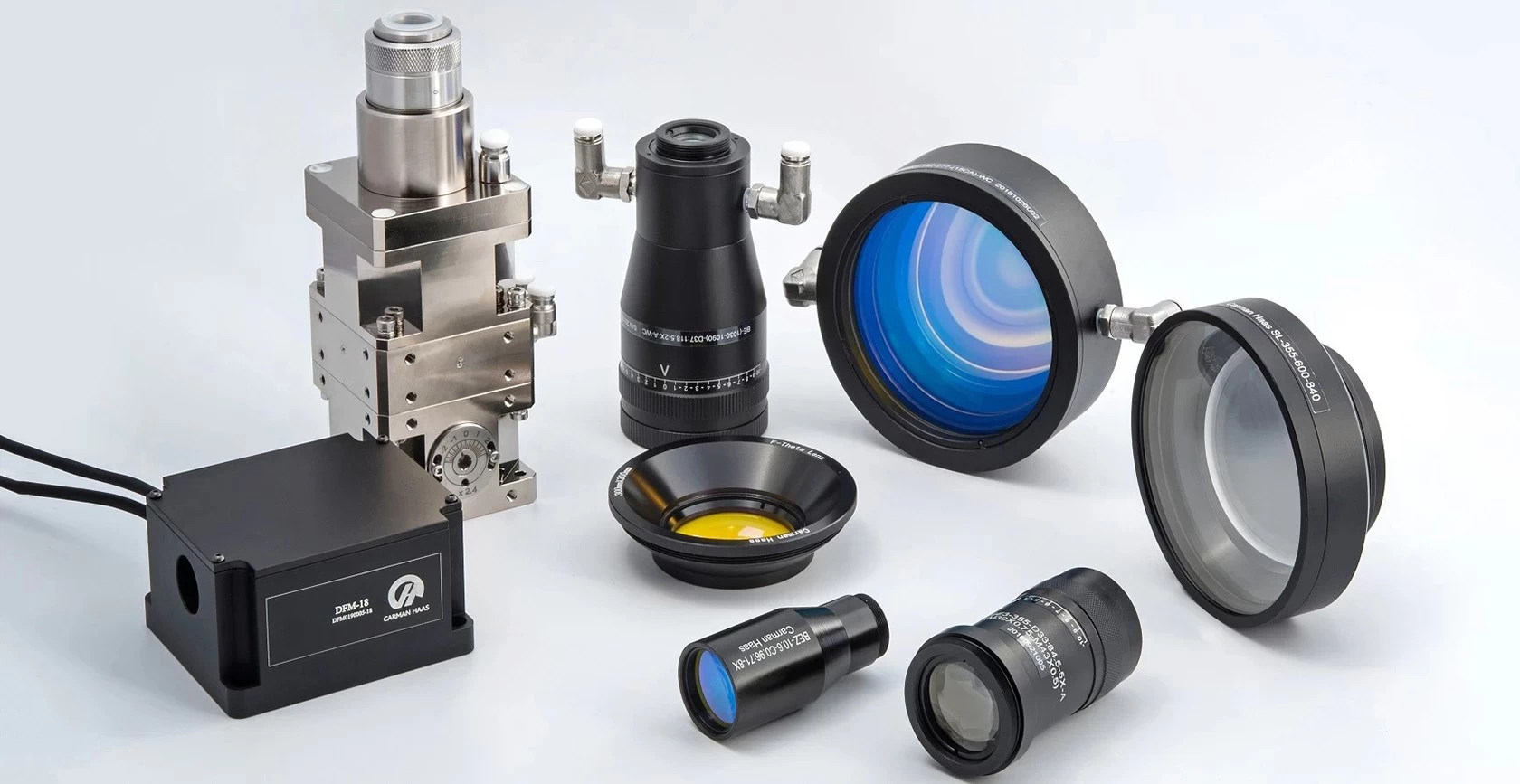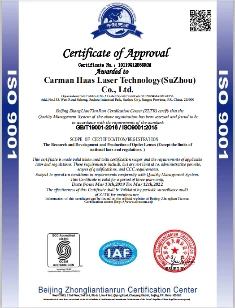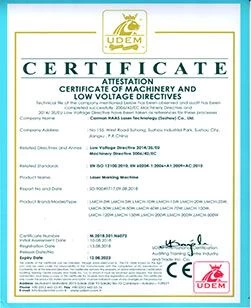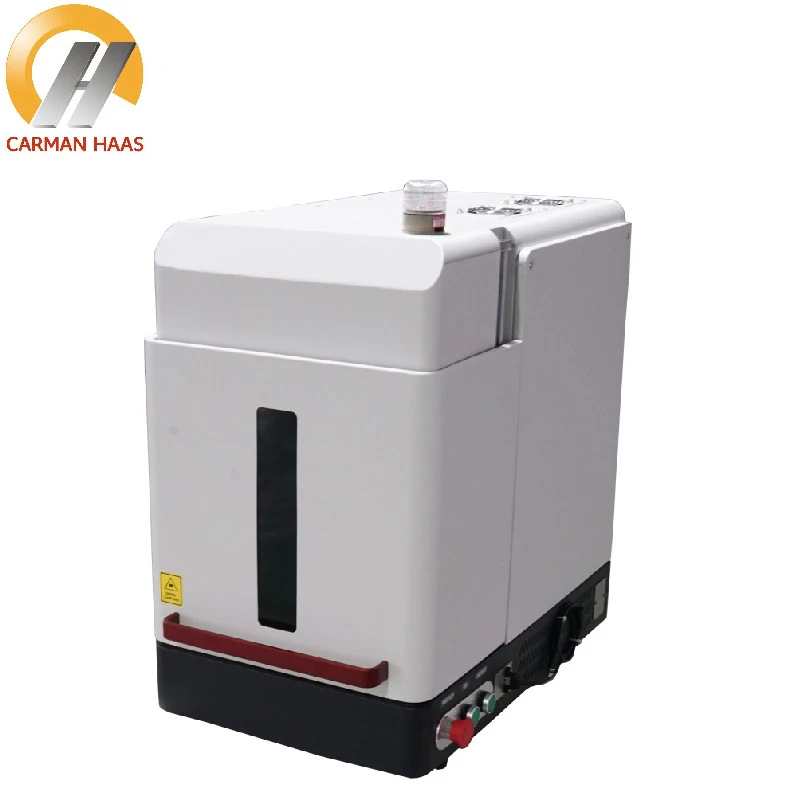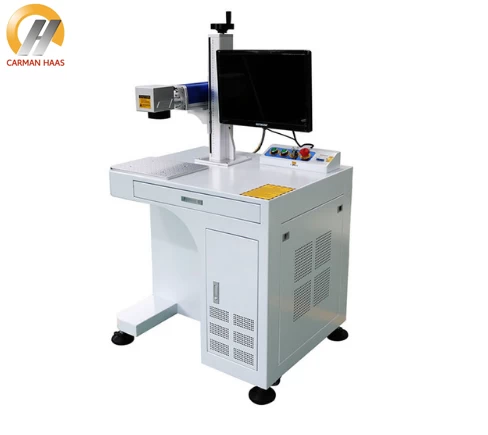Basic principles of laser processing
Laser engraving is the most common application for laser systems. According to the mechanism of the interaction between the laser beam and the material, laser processing can be roughly divided into laser thermal processing and photochemical reaction processing.
Laser thermal processing refers to the use of the thermal effect generated by the laser beam projected onto the surface of the material to complete the processing process, including laser welding, laser engraving and cutting, surface modification, laser laser marking, laser drilling and micromachining, etc.; photochemical reaction processing refers to The laser beam is irradiated to the object, and the high-density laser high-energy photon is used to initiate or control the process of the photochemical reaction. Including photochemical deposition, stereolithography, laser engraving and etching, etc.
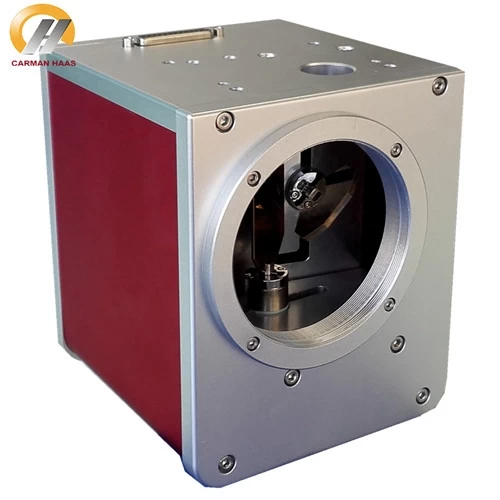
Galvo scan head welding supplier china
principle
Laser processing is to use the energy of light to focus on the lens to achieve a high energy density at the focal point and process by photothermal effect. Laser processing does not require tools, the processing speed is fast, the surface deformation is small, and various materials can be processed. The laser beam is used to process various materials, such as drilling, cutting, dicing, welding, and heat treatment. Some substances with metastable energy levels will absorb light energy under the excitation of external photons, so that the number of atoms in the high energy level is greater than the number of atoms in the low energy level-the number of particles is reversed. If a beam of light is irradiated, the photon's The energy is equal to the difference between these two energies. At this time, stimulated radiation is generated and a large amount of light energy is output.
Compared with traditional processing technology, laser processing technology has the advantages of less material waste, obvious cost effect in large-scale production, and strong adaptability to processing objects. In Europe, laser technology is basically used to weld special materials such as high-end car shells and bases, aircraft wings and spacecraft fuselages.
1. The laser power density is large, the temperature of the workpiece will rise rapidly after absorbing the laser, and it will melt or vaporize. Even materials with high melting point, high hardness and brittle quality (such as ceramics and diamonds) can also be processed by laser;
2. The laser head is not in contact with the workpiece, and there is no problem of wear of the processing tool;
3. The workpiece is not subject to stress and is not easily contaminated;
4. It can process the moving workpiece or the material sealed in the glass shell;
5. The divergence angle of the laser beam can be less than 1 milli-arc, the spot diameter can be as small as microns, the action time can be as short as nanoseconds and picoseconds, and the continuous output power of high-power lasers can reach kilowatts to ten kilowatts. Class, so the laser is suitable for both precision micro-machining and large-scale material processing;
6. The laser beam is easy to control, and it is easy to combine with precision machinery, precision measurement technology and electronic computers to achieve a high degree of automation in processing and a high processing accuracy;
7. In harsh environments or places difficult for others to access, laser processing can be performed with robots.

1064nm cutting head focus lens on sale
Laser processing is non-contact processing, and the energy and moving speed of the high-energy laser beam are adjustable, so it can achieve a variety of processing purposes. It can process a variety of metals and non-metals, especially materials with high hardness, high brittleness and high melting point. The laser processing flexibility is mainly used for cutting, surface treatment, welding, marking and drilling. Laser surface treatment includes laser phase hardening, laser cladding, laser surface alloying, and laser surface fusion.



